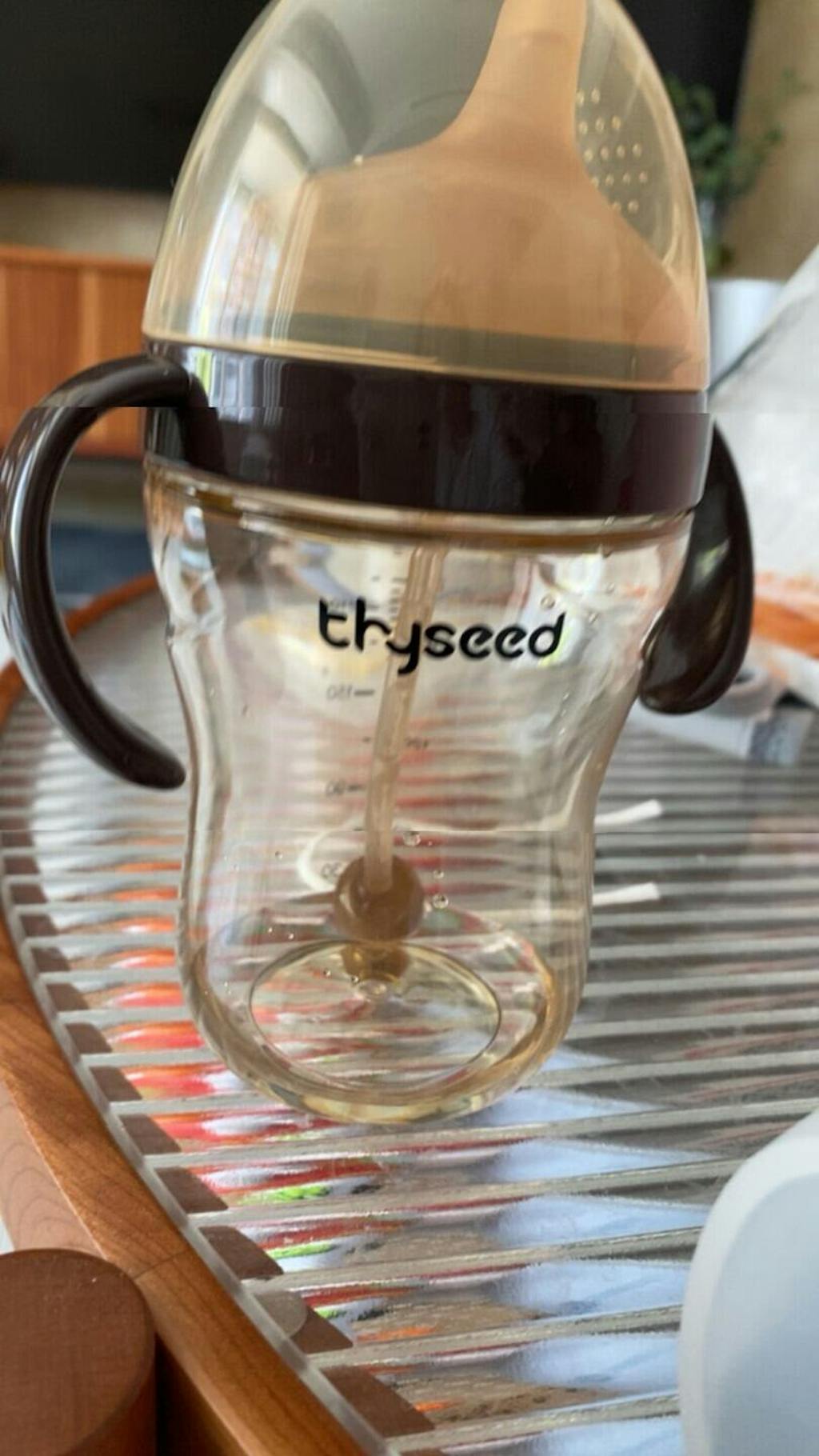Unlocking the Secrets: Why Every Parent Needs to Embrace Sippy Cups for Their Little Ones!
As a new parent, navigating the world of baby products can be overwhelming, especially when it comes to choosing the right tools for your little one’s development. Among these essentials, sippy cups have gained tremendous popularity in recent years. They serve as a crucial bridge between bottles and regular cups, making the transition smoother for both parents and babies. This stage is not just about drinking; it represents a significant milestone in a baby’s journey towards independence and motor skill development. In this article, we will delve into the myriad benefits of sippy cups, explore the different types available, and offer practical guidance on how to use them effectively.

Understanding the Benefits of Sippy Cups
Sippy cups are more than just cute containers for your baby's drinks; they offer a variety of benefits that aid in your child's development. First and foremost, they promote independence. As babies begin to learn how to hold and manipulate objects, sippy cups empower them to drink on their own, fostering a sense of accomplishment. A friend of mine shared how her daughter, at just 12 months, proudly declared, "Me do it!" as she navigated her first sippy cup. This moment encapsulated the joy of independence that sippy cups can bring.
Additionally, sippy cups can improve motor skills. The act of lifting a cup, tilting it, and sipping requires coordination and balance, which are essential skills for future tasks like using utensils. Moreover, sippy cups help reduce the risk of spills, which can be a significant concern for parents. Unlike traditional cups, many sippy cups are designed to be spill-proof, allowing children to explore their drinking skills without the mess. Finally, transitioning to a sippy cup is a vital step toward using regular cups, making the overall journey of learning to drink more manageable.
Types of Sippy Cups: Finding the Right Fit
When it comes to selecting a sippy cup for your baby, understanding the different types available is crucial. There are spill-proof cups, which are perfect for younger babies still mastering the act of drinking without spills. These cups often feature a special valve that prevents liquid from leaking unless the child sucks on the spout. Then there are straw cups, which can be a fun option for slightly older children. Using a straw not only makes drinking enjoyable but also helps develop oral motor skills, preparing children for regular cups.
Another option is the transition cup, which serves as a bridge between sippy cups and regular cups. These cups usually have a more open design and help babies practice drinking from a rim while still providing some spill protection. Choosing the right type of sippy cup depends on your child's age and developmental stage. Consider factors like your child's willingness to experiment with new things and their ability to hold and manipulate objects. It's beneficial to involve your child in the selection process to make the experience more engaging and enjoyable for them.
How to Use Sippy Cups Effectively
Introducing a sippy cup to your baby can be an exciting yet challenging experience. Timing is essential; most experts recommend starting around six months, when babies are ready to explore new textures and tastes. Begin by offering small amounts of water or milk in the sippy cup during meal times. This approach helps associate the cup with positive experiences. One practical tip is to model the behavior yourself. Babies are natural imitators, so showing them how to use the cup can encourage them to try it too.
Encouragement is vital; cheer on your little one when they successfully take a sip from the cup. However, be prepared for some challenges along the way. Babies may initially resist using a sippy cup or prefer their familiar bottle. In such cases, maintaining a positive attitude and patience is key. If a particular cup doesn’t work, don’t hesitate to try another type. Remember, every child is unique, and what works for one might not work for another.
Common Concerns and Misconceptions
As with any parenting tool, sippy cups come with their own set of concerns and misconceptions. One common worry among parents is the potential impact on dental health. Some fear that prolonged use of sippy cups may lead to tooth decay, especially if sugary liquids are used. However, experts suggest that using a sippy cup for water or milk during the day, while avoiding sugary drinks, can mitigate this risk. It's also important to encourage regular dental hygiene from an early age.
Another misconception is that children will become overly reliant on sippy cups. While dependency can occur, the key is to transition to regular cups at the appropriate time, usually around 12-18 months. Gradual weaning from sippy cups can help ease this transition. By addressing these concerns with evidence-based insights, parents can feel more confident in integrating sippy cups into their child's routine.
Essential Insights on Sippy Cups for Development
In summary, sippy cups are an invaluable tool in a child's development, offering benefits that range from promoting independence to improving motor skills. By understanding the different types of sippy cups available and how to use them effectively, parents can make informed choices that support their child's growth. Embracing this transition stage is crucial, as each child's journey is unique and deserves patience and encouragement. So, whether your baby is ready to take their first sip or you’re navigating the weaning process, remember that sippy cups play a pivotal role in fostering independence and confidence in drinking.






تعليقات